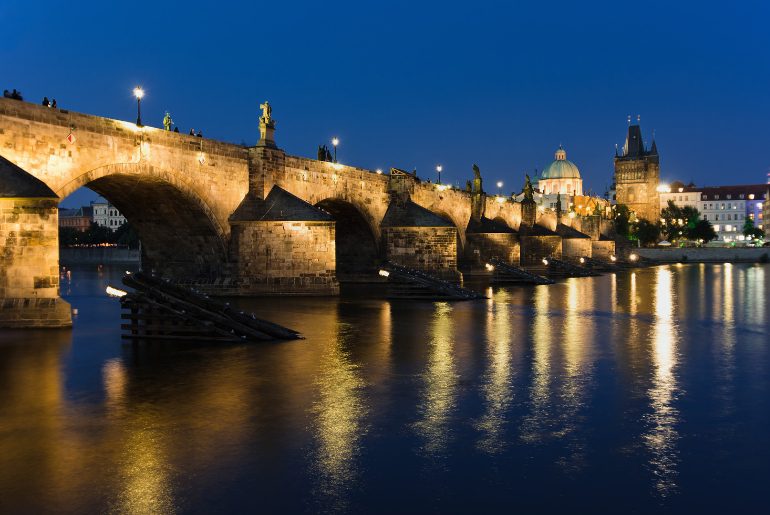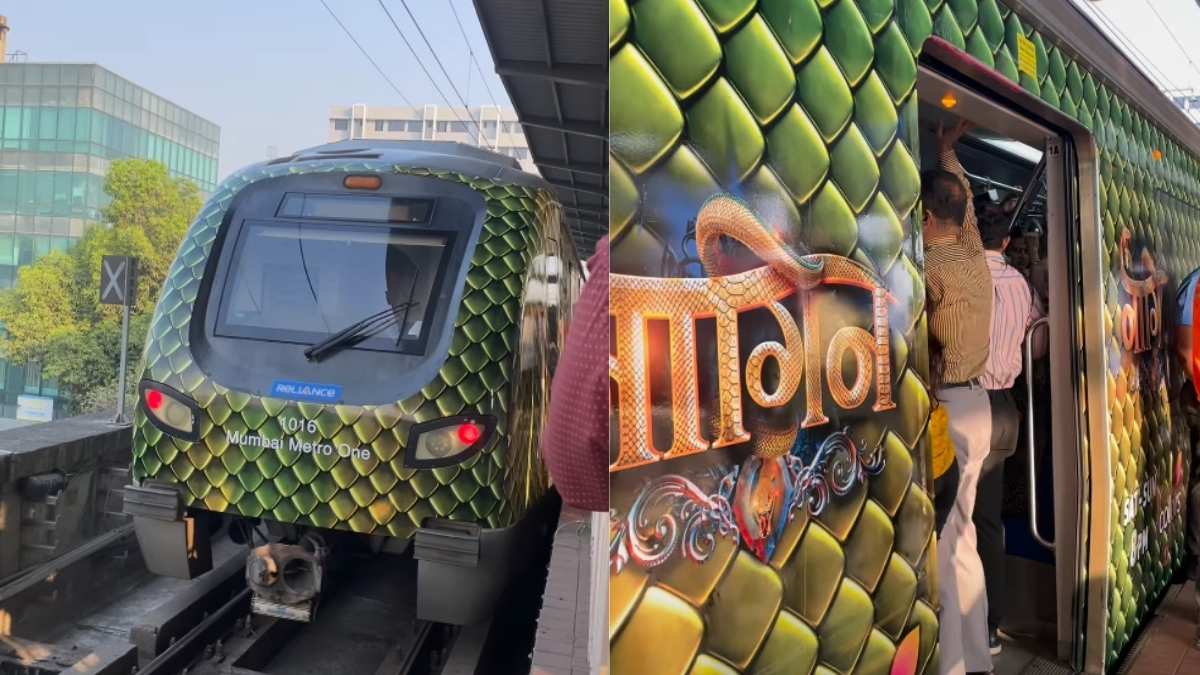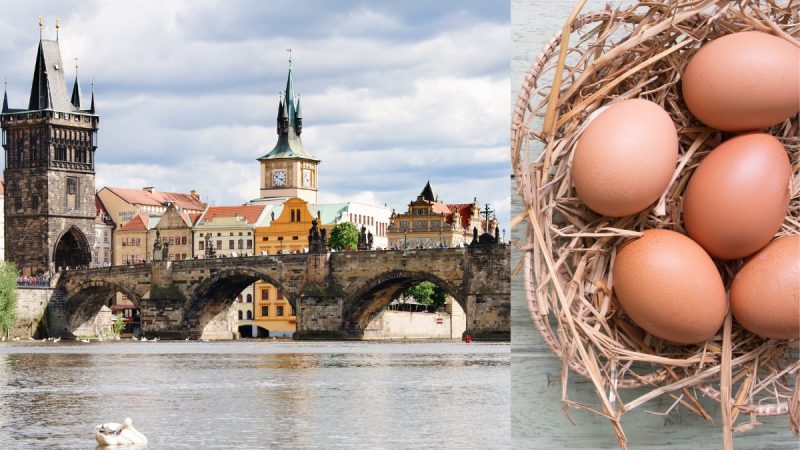In the heart of Prague, spanning the serene Vltava River stands the majestic Charles Bridge. Amidst its stone arches and statues, an unusual legend has captured the imagination of many: the story of eggs used in the bridge’s construction. The intriguing blend of folklore and historical mystery adds a unique flavour to the story of one of Europe’s most iconic structures. As scientists and historians delve into the past, the question remains—were eggs really the secret ingredient behind the enduring strength of the Charles Bridge?
The Egg-Enforced Charles Bridge Of Prague

The story goes back to the reign of Emperor Charles IV, who ordered the construction of the bridge to replace the Judith Bridge, which had been destroyed by a flood. Construction began in 1357 and spanned nearly 50 years. According to legend, Charles IV commanded that eggs be added to the mortar to increase its strength. The rationale was similar to why eggs are added to meatballs—to make the mixture firmer and more cohesive.
To gather enough eggs, towns from all over Bohemia and Moravia were asked to contribute. This led to some humorous mishaps, such as some towns sending cheese instead of eggs, and the town of Velvary boiling their eggs to prevent them from breaking during transport.
In 2008, the Czech University of Chemical Technology (VŠCHT) analysed samples of the original mortar taken during renovation work on the bridge. They discovered substances containing protein, which supported the legend that organic materials like egg whites and curd were indeed used in the mortar.
However, this euphoria was short-lived. In 2010, another study conducted by scientists from the Faculty of Science at Charles University re-examined the mortar. Their findings contradicted the earlier results, showing no traces of organic additives. Instead, they suggested that the mortar was made from hydraulically binding lime.
Endurance Through Time

Despite the controversy over its construction materials, the Charles Bridge has stood the test of time. It has witnessed collapsing columns, world wars, and numerous floods, yet remains one of the oldest stone bridges still in existence today. Its enduring structure and the legends surrounding its construction continue to captivate both locals and visitors alike.
While the myth of eggs in the mortar adds a charming layer to the bridge’s history, scientific evidence remains divided. Whether through the practical engineering of hydraulic lime or the legendary addition of eggs, the Charles Bridge stands as a testament to medieval ingenuity and the rich tapestry of Prague’s history.
Cover Image Courtesy: Canva





